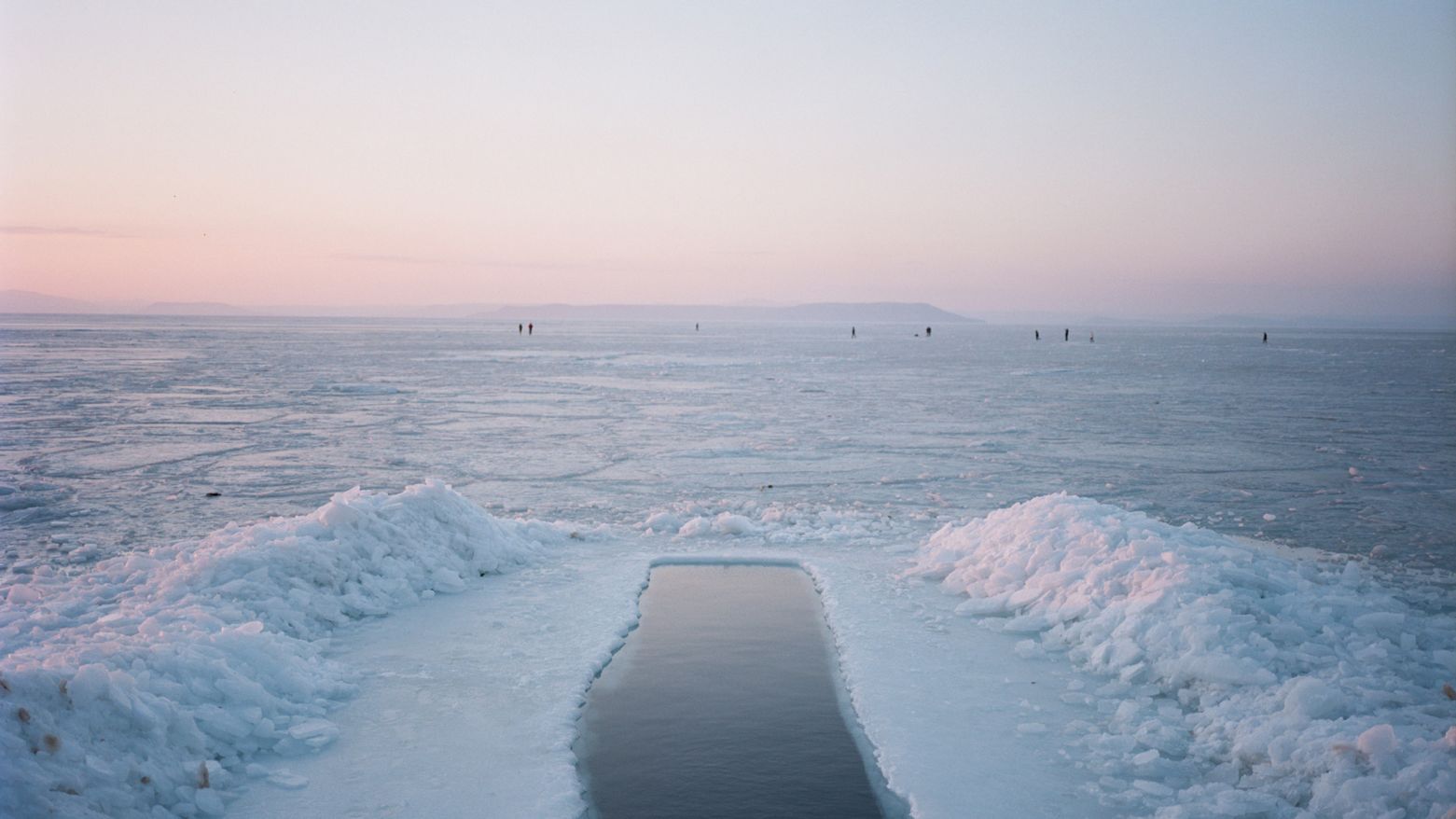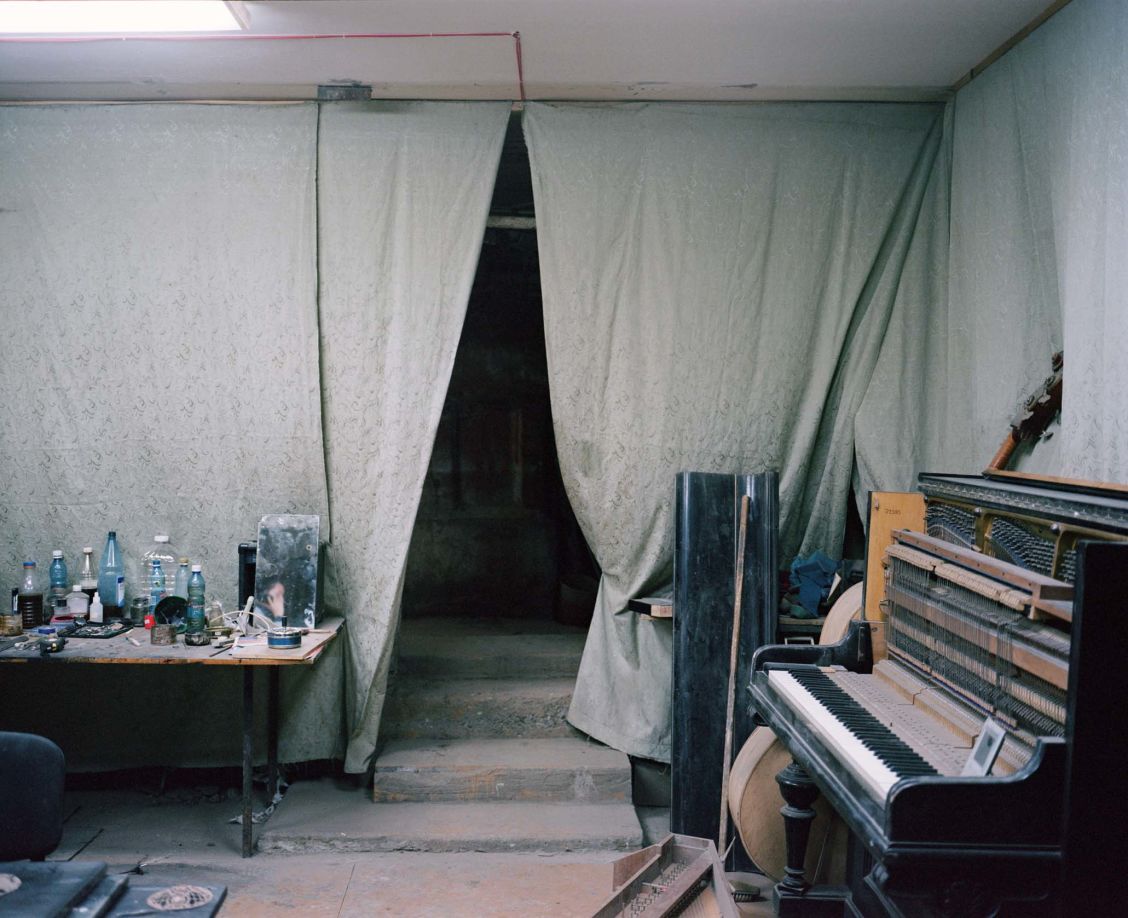

 Siberia may be a vast, hostile landscape with a bloody past. But scattered through this expanse are extraordinary pianos. They were brought by governors, exiles and adventurers before the roads and railways opened up Siberia at the turn of the twentieth century.
Siberia may be a vast, hostile landscape with a bloody past. But scattered through this expanse are extraordinary pianos. They were brought by governors, exiles and adventurers before the roads and railways opened up Siberia at the turn of the twentieth century.
After the 1917 Revolution, pianos were again distributed all over Siberia, benefitting Russians who had never before had access to a musical education. Piano culture continued to thrive after the Second World War.
Then with the breakdown of the Soviet Union in the 1990s, numerous instruments were left to rot when funding ran out.
Often all that is left of a piano’s backstory can be gleaned from the serial number hidden inside an instrument — stories that reach back through more than two hundred years of Russian history.
Yet there are also pianos that have managed to withstand the furtive cold forever trying to creep into their strings. Belief in music’s comfort survives in muffled notes from broken hammers, in beautiful harmonies describing unspeakable things that words can’t touch. It survives in the pianos that everyday people have done everything to protect.
The Lost Pianos of Siberia
by Sophy Roberts
Dotted throughout this remote land are pianos – grand instruments created during the boom years of the nineteenth century, and humble, Soviet-made uprights that found their way into equally modest homes. They tell the story of how, ever since entering Russian culture under the influence of Catherine the Great, piano music has run through the country like blood.
How these pianos travelled into this snow-bound wilderness in the first place is testament to noble acts of fortitude by governors, adventurers and exiles. That stately instruments might still exist in such a hostile landscape is remarkable. That they are still capable of making music in far-flung villages is nothing less than a miracle.
But this is Siberia, where people can endure the worst of the world – and where music reveals a deep humanity in the last place on earth you would expect to find it.
The Lost Pianos of Siberia
by Sophy Roberts
https://www.lostpianosofsiberia.com/
My name is Sophy Roberts. I am a British writer. I frequently contribute to the Financial Times and others. My profile is available here.
The Lost Pianos of Siberia is my first book. The hardback was published in the UK in 2020 by Doubleday, in the US by Grove Atlantic, and the German language edition by Zsolnay Verlag. In 2021, the French language edition was published by Calmann-Levy, a Dutch edition by Ambo Anthos, the Spanish by Seix Barral, the Italian by Mondadori. Other foreign language editions are forthcoming in Polish (Znak; October 2022), Danish (Atlanten; April 2023), Czech (Paseka; April 2023), Portuguese (Temas E Debates) and Chinese Simplified (Archipel).
**
Covering an eleventh of the world’s landmass, Siberia is a land of extremes. Its biggest lake holds a fifth of the world’s fresh water. Its taiga is the largest forest on earth. Siberia is crossed by the world’s longest railroad, and is home to the coldest inhabited city on Earth.
Siberia’s borders — reaching from the Arctic to Mongolia, from the Ural Mountains to the Pacific — are indistinct. There is no dramatic curtain-raiser to the edge of Siberia, just thick weather hanging over an abstract idea.
Some of the worst examples of the Soviet Gulag were located in Siberia’s remote reaches. Before that, Siberia was a place of exile and banishment — a ‘prison without a roof’, as it was known under the Tsars.
But in spite of its dark history, there is also much to like about Siberia: the feeling of billowing winter snows evoked in Russian music, and the stories of people for whom Siberia is the opposite of a heartless, frigid myth.
**
Siberia may be a vast, hostile landscape with a bloody past. But scattered through this expanse are extraordinary pianos. They were brought by governors, exiles and adventurers before the roads and railways opened up Siberia at the turn of the twentieth century.
After the 1917 Revolution, pianos were again distributed all over Siberia, benefitting Russians who had never before had access to a musical education. Piano culture continued to thrive after the Second World War.
Then with the breakdown of the Soviet Union in the 1990s, numerous instruments were left to rot when funding ran out.
Often all that is left of a piano’s backstory can be gleaned from the serial number hidden inside an instrument — stories that reach back through more than two hundred years of Russian history.
Yet there are also pianos that have managed to withstand the furtive cold forever trying to creep into their strings. Belief in music’s comfort survives in muffled notes from broken hammers, in beautiful harmonies describing unspeakable things that words can’t touch. It survives in the pianos that everyday people have done everything to protect.